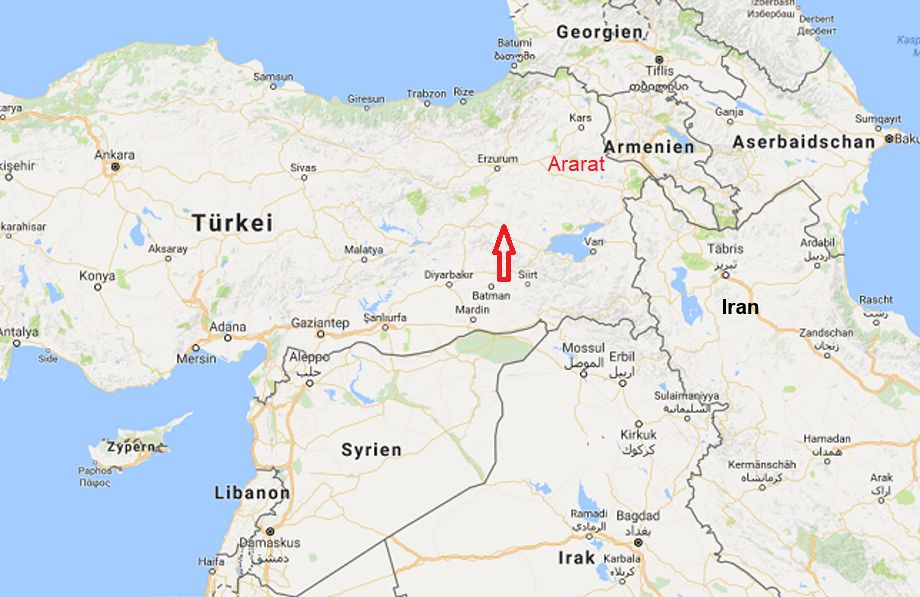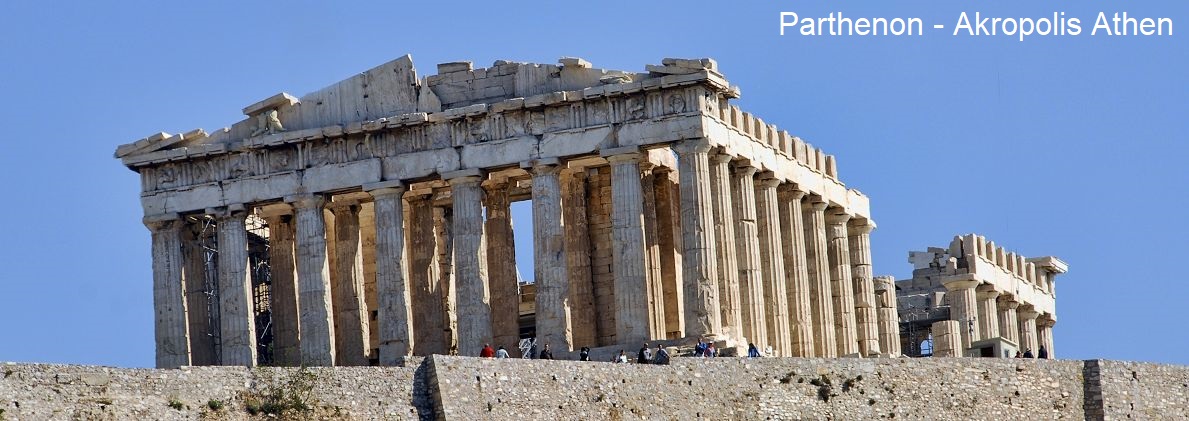An ancient wine from Naples (Campania) mentioned by the Roman author Pliny the Elder (23-79 AD); see there.
Antique wines
Grapevines were first cultivated and wine (or wine-like drinks) produced 6,000 if not 8,000 years ago, as evidenced by grape seeds found in Asia Minor (Anatolia in present-day Turkey), the remains of wine presses and numerous ancient wine vessels and wine motifs on artefacts from many areas.
Cradle of viticulture
Where and by whom the first wine was actually consciously produced and drunk is of course no longer known. Chance probably played a major role in its development. Transcaucasia (parts of Armenia, Azerbaijan and Georgia), where the oldest archaeological finds were made, as well as the advanced civilisations in Mesopotamia (mostly modern-day Iraq, as well as parts of Syria and Turkey), in the Upper Nile river basin (Egypt) and in the Jordan Valley (Israel and Jordan) are considered to be the cradle of wine culture. According to the Bible book of Genesis, chapter 8, verse 4, Noah landed with his ark at Ararat after the end of the Flood and became a winegrower. According to the latest research, one of the origins of the cultivated grapevine or viticultural culture could also have been in south-east Anatolia (Turkey) (arrow).

The ancient civilisations of the Assyrians, Egyptians, Babylonians and Persians were already involved in viticulture, in some cases quite professionally. Many passages in the Bible and numerous writings and wall paintings by many ancient civilised peoples from these dominions tell of this. Much of their knowledge, techniques and grape varieties were probably adopted in the course of ancient history throughout the Mediterranean region, first by the Greeks and later by the Etruscans, Israelites, Celts (Gauls), Phoenicians and Romans.

This painting comes from the tomb of Chaemwese in Thebes (Upper Egypt) around 1450 B.C. It depicts, among other things, the grape harvest, fermentation in containers and the loading of a ship with amphorae.

Viticulture in Ancient Greece
The origins of European viticulture lie primarily in Greece. In his Iliad, the poet Homer (8th century BC) reports on wine as the house drink of his epic heroes. The Mycenaean culture in the 16th century BC (Mycenae = north-eastern Peloponnese, province of Argolis) already practised targeted viticulture. This has been proven by archaeological finds in the ancient palaces, including cellars with wine remains in storage jars and grape seeds. The Greek philosopher Theophrastus (370-287 BC), who was born on the island of Lesbos, already described the necessary coordination of grape variety, soil type and climate. Common vine training systems were tree training, bush training or flat ground training. It was known that appropriate pruning had a favourable effect on yield and wine quality.

In addition to pure enjoyment, wine also had an important religious and social role in ancient Greece. At the symposia (drinking parties), the shared enjoyment of wine among men acquired a truly cult-like character and was an indispensable part of the drinking culture of the time. Wine was just as important from a health point of view; medicinal applications for the purpose of antisepsis, pain relief, digestive support or "to bring the body's juices into balance" are frequently mentioned. Wine played an important role in many of the remedies of the famous physician Hippocrates (460-377 BC). The best qualities came from the Aegean islands. These were mainly Chios (Khios) - considered the Bordeaux of ancient Greece - as well as Rhodes, Samos and Lesbos. Wines from the Halkidiki peninsula (Macedonia) were also popular. For many of the city states of...
Voices of our members

Serious sources on the internet are rare - and Wine lexicon from wein.plus is one such source. When researching for my articles, I regularly consult the wein.plus encyclopaedia. There I get reliable and detailed information.
Thomas Götz
Weinberater, Weinblogger und Journalist; Schwendi